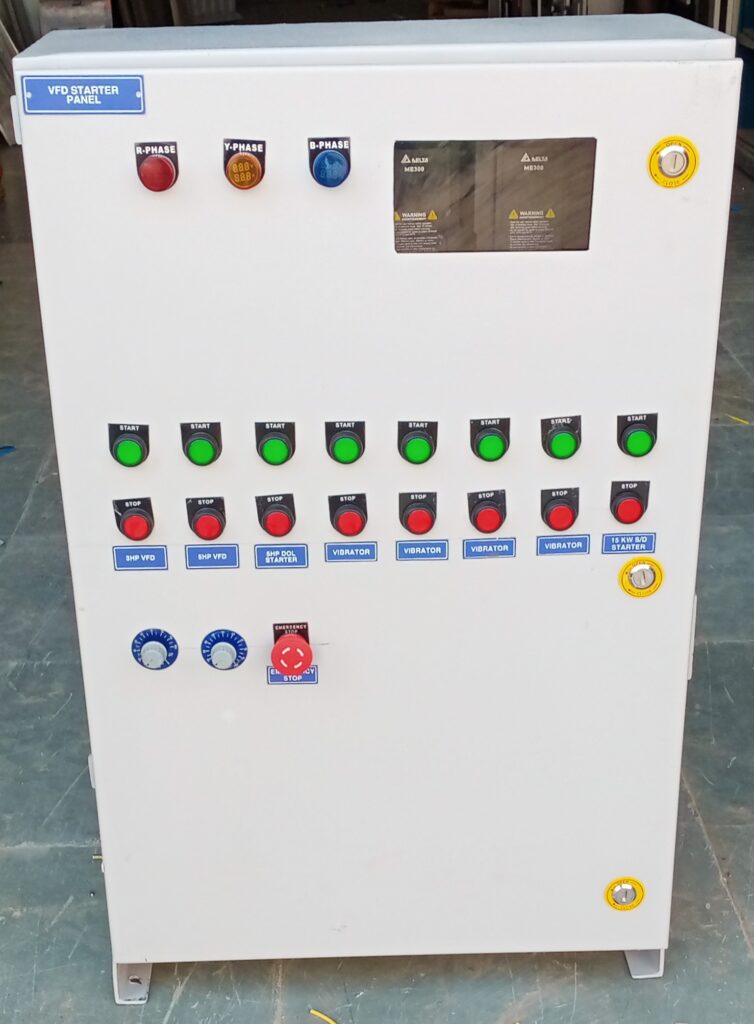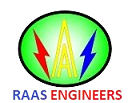A Variable Frequency
Drive (VFD) control panel is an essential electrical enclosure used to
regulate the speed of an AC motor by adjusting the frequency of the power
supplied to it. These panels serve several critical purposes:
- Protection and Environment: In harsh workspaces—whether dusty,
dirty, wet, humid, corrosive, or hot—a VFD cannot be left exposed. The VFD
control panel provides an enclosure that safeguards the VFD and other
electric components from environmental hazards.
- Centralized Components: All relevant components are housed
within a single panel. This consolidation simplifies maintenance and
troubleshooting.
- Weather and Dust Resistance: The panel keeps dust, dirt, and weather
away from sensitive electrical parts.
- Motor Control Solution: Beyond VFD protection, these panels
offer a complete motor control solution. This includes features like
bypass functionality, harmonic filtering, and more.
- Internal Components: Inside a VFD control panel, you’ll find
various components:
- VFD: The primary component, varying in
voltage, horsepower, and other specifications. Redundant VFDs may be
installed for backup.
- Line Reactors: Used to reduce harmonic distortion
(typically 3% or 5%).
- Harmonic
Filters:
More effective at reducing harmonic distortion.
- Circuit
Breaker:
Protects against overload or short circuits.
- Bypass: Ensures system operation even if the
VFD fails.
- PLC
(Programmable Logic Controller): For advanced operations.
- Modem: Enables communication.
- Cooling
Units:
Maintain optimal temperature based on the environment.
- Soft-Starter: Gradually starts the motor without
speed control.
- Surge
Protector:
Guards against voltage spikes.
- Multiple
Motor Overloads:
Powers multiple motors from one VFD (commonly used for fan walls).
- Anti-Condensation
Heater (available
in NEMA 3R panels): Prevents dew buildup.
- Motor
Starters:
Used for running motors across the line.
.

